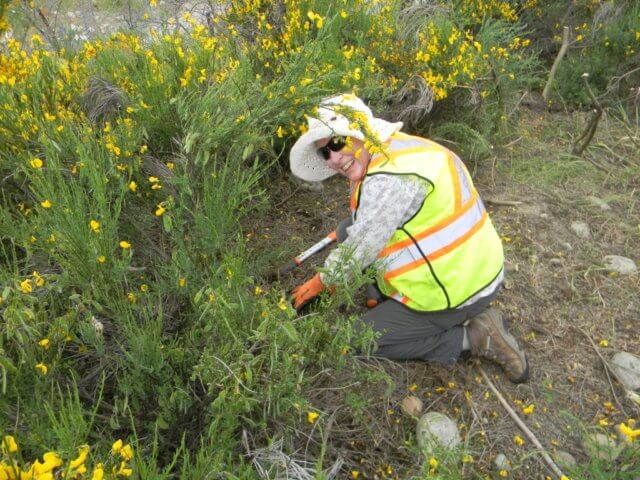Disposing of your Invasive Species Garden Waste
- Dead-head and properly dispose of invasive plant seeds, seed heads or fruit prior to flowering and seed maturity
- Bag all invasive plants and bring to the landfill or transfer station free of charge or place the debris in your household garbage for curbside prick up, note please check with your municipality on guidelines/fees around curbside pick up.
- For all landfills and transfer stations within the RDCK loads up to a maximum of 1.5 m3 must be placed in clear plastic bags. For larger loads see the dropdown below. Notify the attendant that you have invasive plant species, plants must be identifiable through the bag. For more information please see the RDCK Resource Recovery Bylaw
- The McKelvey Landfill in the RDKB accepts invasive plant material that is placed in bags, for free with no load limit.
- Noxious weeds cannot be placed in organics curbside collection bins, or mixed in with yard and garden waste.
- Do not dump garden waste in public parks, natural areas, and roadsides, it is ILLEGAL to do so and is associated with hefty fines.
- Avoid putting invasive plants in your compost, as they often quickly re-establish.
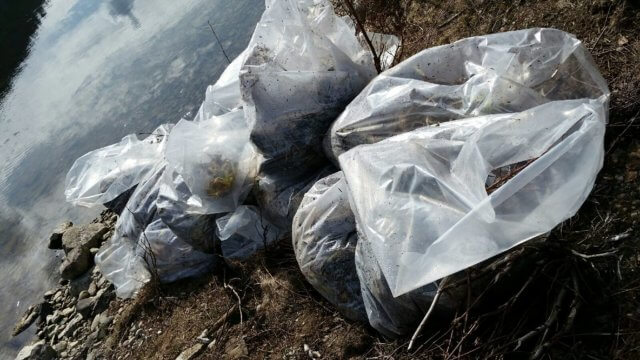
It’s free to dispose of invasive plants in the CKISS region. Ensure your invasive plant material is placed in bags (must be transparent in the RDCK) and let the attendant know!
Disposing of Large Loads of Invasive Species
- Loads greater than 1.5 m3 of Invasive species should be disposed at Landfills only.
- When bagging large quantities of invasive species is impractical, alternative methods of containing loads may be applied with prior approval.
- People wishing to dispose of significant loads of Noxious Weeds and/or applying alternative methods of containing the weeds must be preapproved by the RDCK admin at 250.352.8161 or email wastedept@rdck.bc.ca to review their processes and get approvals. To discuss alternative methods of containing invasive plants in the RDKB contact the McKelvey Creek Landfill at 250.364.9834.
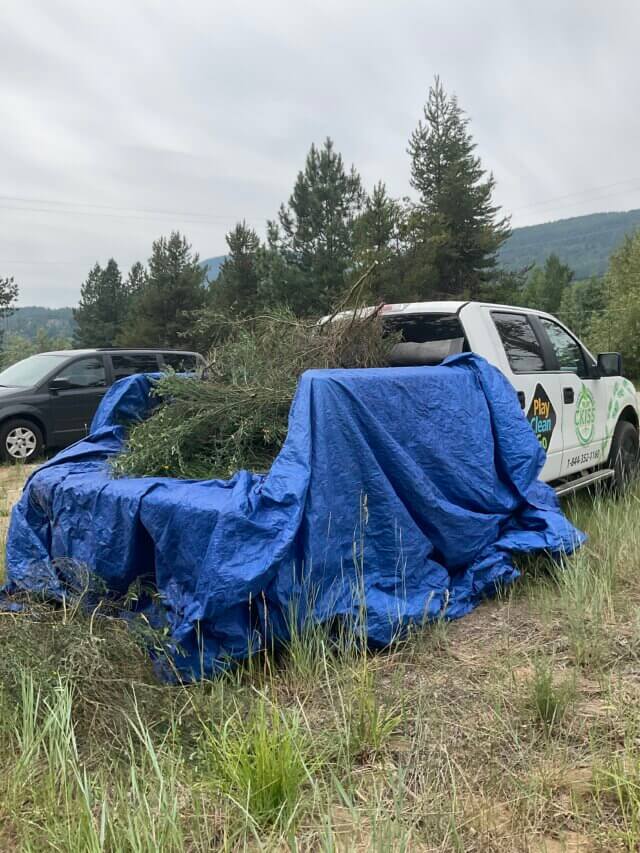
Scotch broom disposal
Scotch Broom Disposal Instructions
The best time to remove Scotch broom is before it goes to seed. How you dispose of the plants depends on whether or not seeds are present.
If seeds are NOT present:
Small amounts:
Leave the plants on site.
Scatter, mulch, or place them in densely shaded areas under conifers (where there’s no ground vegetation).
Large amounts:
Chip the plants. Do this off-site or directly into the broom patch to reduce the chance of spreading hidden seeds.
If chipping isn’t possible, take unchipped plants to an appropriate disposal or industrial composting facility.
If seeds ARE present:
If removal is not practical:
Leave the plants in place to avoid spreading seeds.
If removal is realistic:
Carefully carry plants on tarps or in sealed bags to prevent seeds from escaping.
Dispose of them at an approved facility (see below).
Do not compost Scotch broom at home or at municipal yards – the seeds will survive.
Fire Safety
Dead Scotch broom is highly flammable. Leaving piles on site increases fire risk.
If plants were killed with herbicide, wait until fire season has passed before cutting and chipping/removing them.
Cut material should be chipped or taken off-site when safe.
Off-Site Disposal
When transporting Scotch broom:
Always use tarps or thick plastic bags to contain plant parts and seeds.
Take material to an appropriate disposal or industrial composting facility.
Before you go:
Always call ahead to confirm the facility can accept invasive plants.
In the Central Kootenays:
RDCK: Contact 250-352-8161 or email wastedept@rdck.bc.ca for approval.
RDKB: Call McKelvey Creek Landfill at 250-364-9834 to discuss containment and disposal options.
- Refer to the ‘Disposal’ pages 19-20 of the document ‘scotch-broom-best-management-practices“
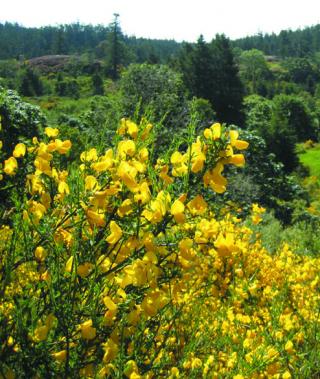
- .
Knotweed Disposal
- Knotweed can only be effectively controlled with chemical control – unfortunately digging, cutting, burning or other methods have proved to be ineffective and actually can contribute to its spread, it can spread from very small fragments of its roots and stems! Mechanical control and transporting knotweed plant materials is not recommended.
- For more information on knotweed please click here.
- Best management practices on knotweed disposal can be found on page 25 in this document: Best Management Practices for Knotweed Species
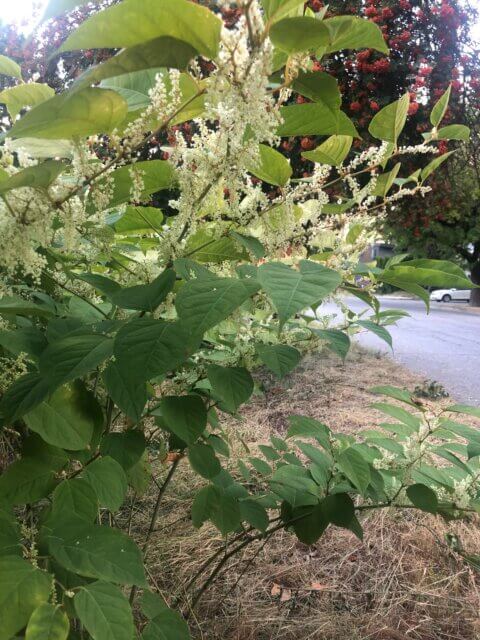
Landfill & Transfer Stations Locations and Hours
- RDKB landfill and transfer station locations and hours click here.
- RDCK landfill and transfer station locations and hours click here.
- .
Disposing Aquarium Plants
- Dispose of your aquatic plants from your aquarium or pond by drying or freezing them and then add it to non-compost garbage.
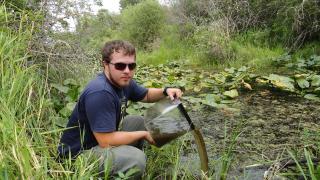
- .
